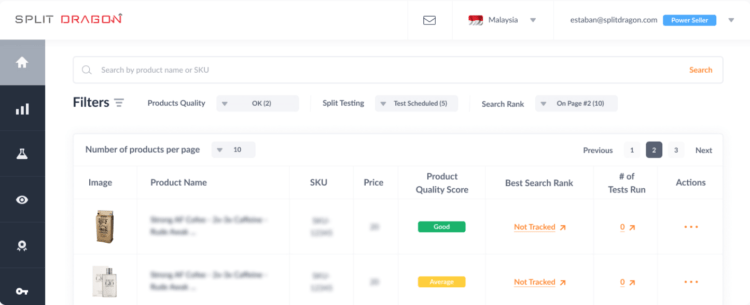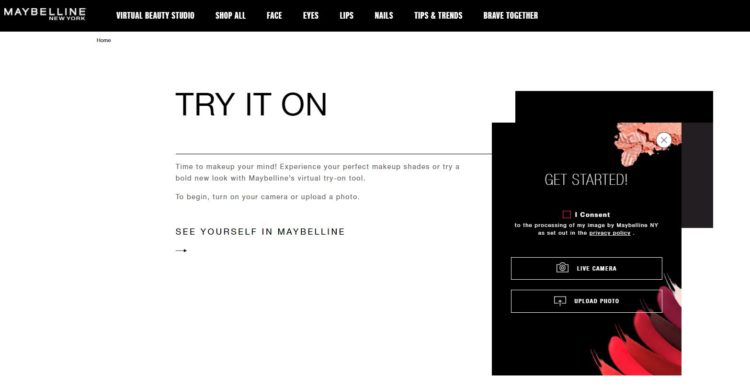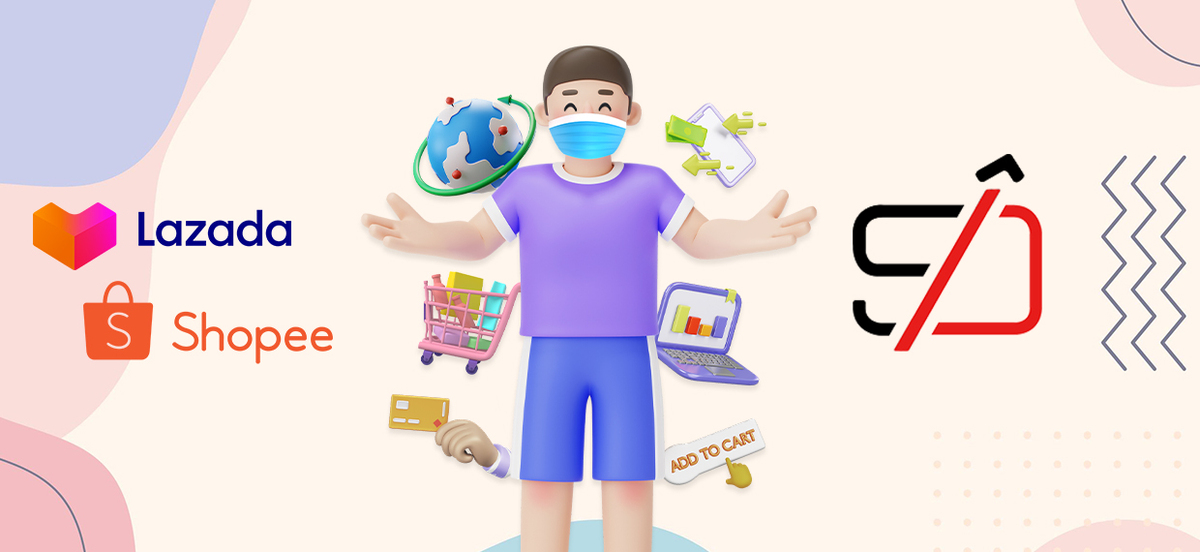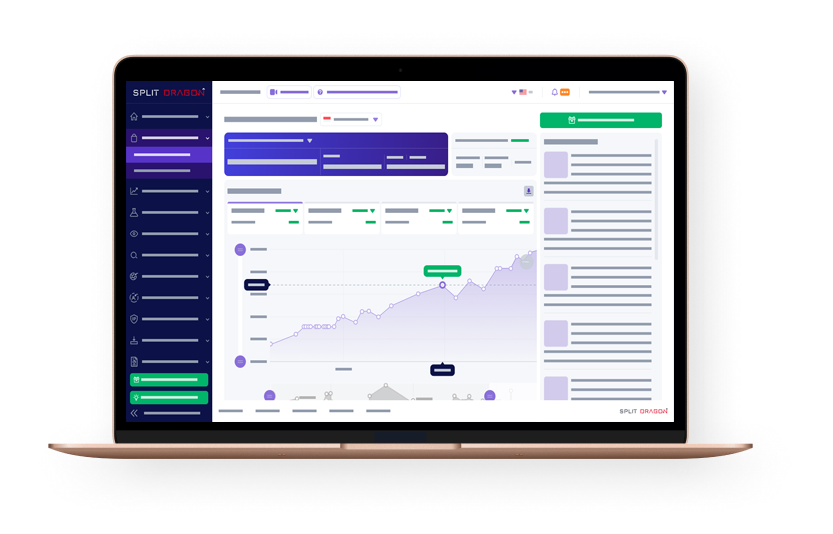The Covid-19 pandemic last 2020 tested everyone, from government to businesses, to their limit, and yes, this includes e-Commerce. The significant loss of lives, new health protocol implementations, geographical border restrictions, and transportation and trading upheaval have resulted in global economic backpedal.
Although economic recovery can be seen due to vaccination, the global Gross Domestic Product (GDP) has a cumulative loss of around 9 trillion dollars. This send both the emerging market and developing economies in recession—a first time since the Great Depression.
However, new opportunities have also emerged as businesses are challenged in their resourcefulness, tenacity and agility.
For one, the pandemic has pushed traditional businesses to embrace the digital revolution via eCommerce. More of that below as we take a look at key lessons to learn from this challenging year.
Lesson #1: E-Commerce is now a core competency to survive
Pre-covid-19 pandemic, many traditional businesses see e-commerce as just another fancy channel to sell.
But when the government declared lock downs, closed geographical borders, and mandated people to stay at home to practice social distancing, the tables have turned.
This sudden life routine disruption depicted a complete change in consumer behavior.
The massive and drastic upheaval forced businesses—from large corporations down to small entrepreneurs to step up and start selling online to survive.
Indeed, others fell behind, but those who understood the importance of ecommerce and how it worked, thrived.
Today, ecommerce is NO longer an option.
It has become the primary revenue stream, especially if you still want to keep your business open.
As a result, ecommerce sales are expected to account for 19.5% of retail sales worldwide. The number surrounding the growth of online shopping clearly says that eCommerce is taking over.[*]
Lesson #2: Every business needs to learn e-Commerce
As businesses get onboarded with e-Commerce, the demand for digital marketing experts soared.
Unless you are ready to invest tons of money to hire an e-Commerce professional, you need to know the ins and outs of the ecommerce business yourself first.
Knowing what’s working behind the scenes allows you to identify patterns, uncover errors as well as opportunities, so you can easily adapt and embrace any changes.
Another important lesson to learn is to take ecommerce seriously. It’s not an easy task, especially when it comes to B2B ecommerce. You need to analyze your business needs (not desires, at least when starting out).
Good thing that you can leverage technology to help you get started.
For example, you can use Split Dragon to analyze the most searched product keywords in your niche so you can optimize product listings and hit more sales.
Once the budget permits, hire an ecommerce consultant or specialist.
Lesson #3: Crisis is needed to amplify new problems
e-Commerce is already foreseen as a major economic contributor even before the pandemic.
However, when the pandemic hit, it reinforced the pre-existing bottlenecks in the e-Commerce ecosystem and new problems surfaced.
Take as an example the supply chains in Southeast Asia. Top ecommerce players like Lazada and Shopee were confident that their supply chain lines were unimpaired and could be at par with Amazon.
However, the impact of COVID-19 pandemic trickled down the transportation networks, shortened the labor and workforce and the additional protocols.
This resulted in a huge strain on delivery flow. Logistical hurdles resurfaced, including the rapid increase of order volume. It also magnified the deficiencies in their fulfillment structure.
The disruption of the supply chain is imposing, but it paved the way for major companies to adjust, improvise and innovate quickly.
Now, Southeast Asia can expect a smoother and more efficient supply chain process, assuming that this pandemic ceases.
Lesson #4: Digital data is now a valued commodity
The new normal has challenged the agility, commitment, and resilience of businesses.
One factor that played a huge role to address this: data.
To sustain, leaders need to know how to employ customer data and research to drive business.
This could shift their buying decisions

In Split Dragon, we suggest top volume keywords based on actual Lazada & Shopee search data. Optimizing the listings using the keywords increases the product ranking in search results.
Understanding data can further fuel your business growth by showing you:
- What’s working and what’s not. It will pinpoint the strengths, weaknesses, and the things that need to be improved in your business
- The realistic goals to set in terms of numbers by basing them on current performance
- Demographics of your target markets so you can eliminate guesswork and target specific countries or cities
- Helping you segment and personalize your campaigns to personalize customer experience
- The real progress of your business through key metrics and numbers, allowing you to effectively manage it
When you have to be lean and smart about where to spend your resources in, data serves as a business guide not only to future success but especially during a global crisis.
Lesson #5: Traditional business need to keep up
One industry that is slow in embracing e-Commerce is the luxury brands.
This is not surprising given that luxury brands have a different and more upscale approach in promoting their products.
They have to incorporate an impressive buying experience to clients by providing a high-quality sales environment and selective ownership opportunity.
This kind of experience is tough to bring online.
Another reason is that luxury brands have a fear that online retailing will dilute their brands’ image and reduce its sense of exclusivity.[*]
However, when COVID-19 struck, luxury brands had no choice but to step up in the digital side of business and start owning eCommerce platforms.
With the use of customizable selling platforms, high-end brands were able to reimagine luxury shopping like augmented reality, artificial intelligence and voice-controlled shopping.
Take for example Herman Miller and Maybelline who use smart mirrors and AR to enable affluent customers to virtually “try” and interact with the products before they can make online purchases.

Lesson #6: Safety and convenience is always top priority
When people find delight and satisfaction in new experiences, they are willing to change—and it will become the new normal. This is despite the deep-rooted beliefs and habits.
This held true when we saw how consumer behavior drastically changed when the pandemic happened. Commodities are now available online for shopping. Curbside delivery is adapted by restaurants. Cashless society accelerated rapidly and e-wallets are now accessible, even to students.
Prior to Covid-19, digital transactions and cashless payment in Southeast Asia were limited to those who have credit or debit cards. Now, 85% of consumers in the region use some form of digital payment.[*]
In a survey done by Visa, the pandemic sped up the transition because users prefer cashless transactions to avoid the risk of getting infected.[*]
This reality is also evident in business operations as there is a huge shift of the work environment. Working from home has become the new normal.
Job seekers, on the other hand, are also more interested in remote setup.
In LinkedIn alone, the volume of job searches using the “remote” filter increased 60%.[*] Companies are also adaptive and started hiring dispersed workforce and considered talents regardless of their location.
Lesson #7: Prioritize customer centricity through digital transformation
In the earlier years, most companies, especially in the technology industry, were driven by product superiority, and did not focus much on customer experience.
Now, as mentioned earlier, customers are the driving force of marketing changes.
With the rise of mobile device usage and as technology continues to develop, customers know which businesses provide relevant information and solutions at the tip of their fingers.
Bombarded with a variety of information everyday, customers have a shorter attention span – as short as 10-20 seconds. And as a company, you would want to catch and retain that attention.
So how do you do this?
The answer is digital transformation. Instead of brochures and flyers, you can switch into email marketing. Adopt new technology and use digital tools like social media and email, and leverage that data to create personalized approaches to your target market.
Digital transformation allows you to filter out those who are not interested in your business and focus more on those who are. You can now understand why they are sticking to you. Knowing all these help you improve your marketing strategy to achieve customer loyalty.
This way, you can deliver an unmatched customer experience, a core factor when tapping the emotions to sell your service or products
By becoming a customer-centric organization, you can provide value through customized solutions. Favor feedback-driven strategy to improve sales. Measure and analyze your data so you can bring out actionable insights.
As Jeff Bezos of Amazon said, “Being customer-focused allows you to be more pioneering.”
However, it is also important to point out that even if you already have a firm grip on the digital world, it does not end there. This is not just about putting up a website and widening marketing campaigns through social media.
It is also more about understanding and tracking the shifts of your customers’ behavior. It’s about understanding and talking with your customers on social media to make them feel heard.
It’s about building relationships with customers as they are human, not just people who buy your product.
If you want to win in e-commerce, you have to modify your tactics to meet your target market’s demands while providing a wonderful customer journey with your company.
Lesson #8: A strong online presence makes a difference
When the full force of the pandemic hit in March 2020, everybody turned to the internet for almost everything. The global online content consumption rose to 6 hours and 59 minutes in 2020, from roughly 4 hours before the pandemic[*].
From entertainment to purchasing essentials, the internet became the bridge between the gap of social distancing.
This being said, wholesalers and retailers have all hands on deck to keep their businesses afloat. They scrambled to put their business on the web. For those who already have websites, they improved their website through content optimization.
Before, having an online presence gives you an opportunity to broaden your reach to the consumers, regardless of where they are. Social media and other digital mediums allow your customers to know more about you and your business through engagements.
Now, it is more than just increasing awareness.
Having a strong online presence entails functionality and effectiveness over aesthetics. You have to optimize your site for mobile, produce valuable content to make people read, and improve user experience all throughout your digital platforms.
One of the ways to improve your online e-commerce presence is through live streaming.
Live streaming allow people see who else’s have the same interests as theirs. It also gives a sense of excitement especially when you incorporate limited offers. It also allows businesses to humanize themselves because it encourages viewers to participate.
Lesson #9: Turn pandemic into opportunity
If you think everything will go back to business as usual, think again. The pandemic has sped up everything that we are already doing and our former ways are forever altered.
The better angle to adopt is this: it is altered for the better.
It is completely understandable if businesses fail during this crisis because not all businesses can pivot that fast.
However, if your business can have an online platform, then do it. Employ the right digital tools including automation for a more efficient operation.
Split Dragon, for example, has given merchants the tools to adapt and thrive in multi-vendor marketplaces so they can compete against big brands.
Don’t be afraid to redefine your strategies so that if and when there’s another pandemic, your business can sustain, survive, and maybe even thrive.
Besides, one of the bright sides of this pandemic is the reality that everybody has been given more time. Time to reflect and reconsider. Time to innovate and change.
Embrace the change
The pandemic has proved that new technologies have become an important asset for businesses to remain competitive. It also forced business leaders to make and implement hard decisions that they would procrastinate on doing during normal times.
Take advantage of the situation by taking a hard look at your organization’s ability to adapt and resolve issues that will have an impact on your business’s future today.





